The best months to visit Tibet are April, May, September, and October when you could enjoy full-blown blossoms and exhilarating trekking in a warm weather with less rainfall.
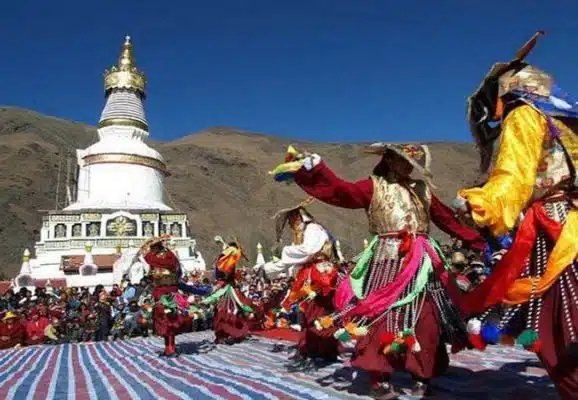
Due to the complex and diverse landform, Tibet has a sub-tropical plateau climate, with temperatures generally lower than in most China’s inland cities. As a whole, Tibet weather, dry and cool all year round, with strong sunshine, is most comfortable in the period from April to November.
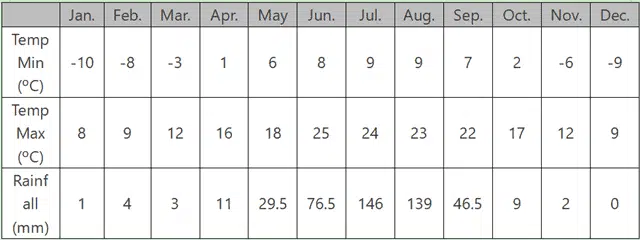
Best Time to Visit Tibet
Best Time to Tibet for Ordinary Sightseeing
Generally speaking, the months from April to May and September to October are the best time for sightseeing in Tibet. During these months, Tibet features a warm weather with relatively high-oxygen air and less rainfall, which is comfortable for ordinary outdoor activities, such as appreciating peach blossoms, azaleas, peonies in full bloom in Nyingchi.
Best Time to Visit Mt. Everest
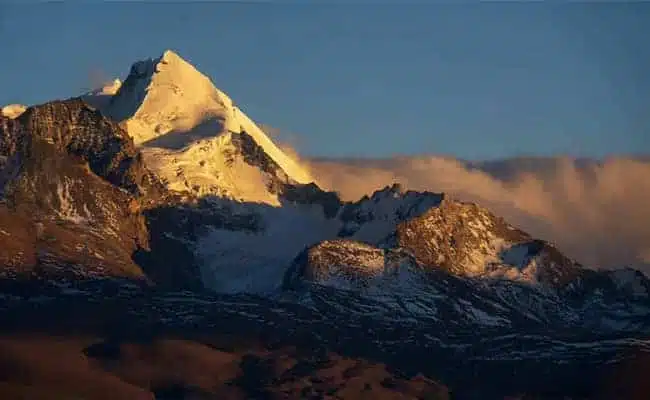
April to early June & late September to early December with relatively less precipitation are the best time to plan a trip to Mt. Everest when you could enjoy the brightest and clearest views of mountain peaks. Besides, the pleasant weather is a major factor for trekking to Everest Base Camp during the two periods, neither too cold nor too hot.
Best Time to Visit Mount Kailash Kora
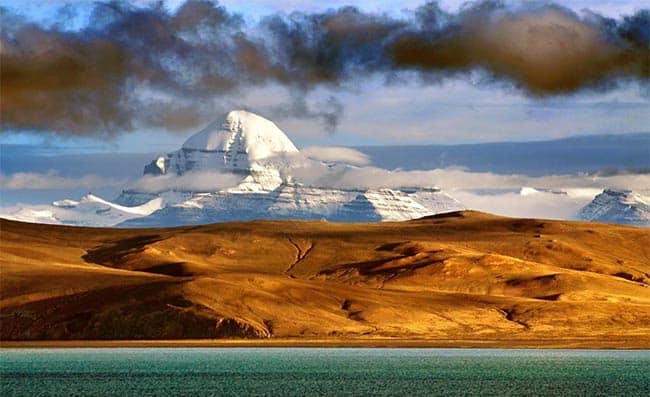
The best time for taking a trek to Mount Kailash are spring and autumn, from May to mid-June and from September to mid-October. Temperatures start to rebound, with mostly sunny weather and less snow, making it relatively easy to hike. Moreover, the 15th day of April in the Tibetan calendar, the Saga Dawa Festival, is the most important festival in Tibetan Buddhism when there will be a great number of pilgrims gathered, providing you with a rare scene of grand religious ceremonies.
Best Time to Visit Tibet for Trekking
The best time for hiking in Tibet are April-May and September-October. High altitude areas such as Mt. Everest or Ngari have lower temperatures in winter (November-March) and roads may be closed due to snow, making hiking impossible. But if tourists are just hiking around the city of Lhasa, winter is also feasible.
Visit Tibet in Different Seasons
Visit Tibet in Spring (April–May)
Reasons to go: pleasant weather, avoid large crowds

After the Tibetan New Year in March, Tibet reopens in April, which receives a small number of tourists, enabling you to get a comfortable travel experience. Little rainfall gives you the opportunity to enjoy clear, spectacular views of Mount Everest and other mountains in Tibet. In April, Nyingchi put on a pink dress. Blooming peach blossoms spread over the plateaus and valleys, which makes Nyingchi one of the must-see destinations in Xinjiang in spring.
Tibet Weather in Spring
Tibet’s weather in spring is dry, windy, and a little bit cold, especially in the morning and evening. April marks the beginning of spring in Tibet, during which the minimum temperatures rise above 0 ºC (32 ºF), with the average daily maximum ranging from 15 ºC (59 ºF) to 20 ºC (68 ºF).
What to wear in Spring in Tibet
Sweaters, long-sleeved shirts, windbreakers are recommended clothes to wear in Tibet in spring. Also, don’t forget to pack your sunglasses and hiking shoes for Everest hiking.
Visit Tibet in Summer (June–August)
Reasons to go: peak season of Tibet & good time to enjoy Tibetan festivals
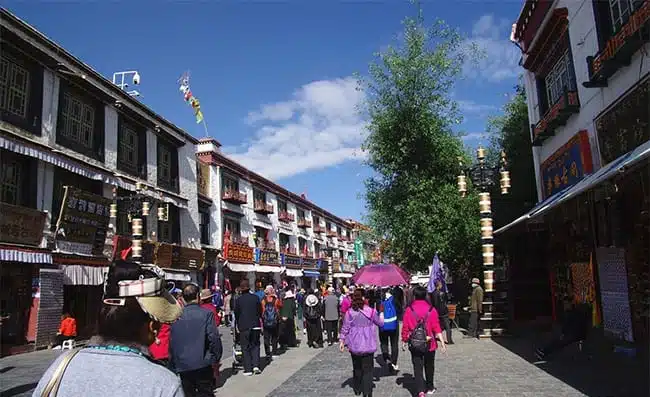
In addition to the visits to Potala Palace, and other famous scenic spots, you can experience lots of magnificent Tibetan festivals in summer. Shoton Festival celebrated in the sixth month in Tibetan Calendar (usually in August) is a religious and cultural festival only secondary to the Tibetan New Year, during which you’ll admire unveiled giant Thangka paintings, watch exciting horse and yak races, and taste traditional Tibetan yogurt. Nagqu Horse Racing Festival, celebrated from August 1st, will offer you the best chance to experience intangible Tibetan nomadic culture in depth.
Tibet Weather in Summer
Featuring the mild weather and high-oxygen air, summer is undoubtedly the peak season for tourism in Tibet. The temperature usually fluctuates at 11-24 ºC (51.8-75.2 ºF). Although July and August bring the highest rainfall to Tibet (almost rains at night), it is not particularly wet and muggy.
What to wear in Tibet in Summer
Normally, T-shirts, linen short sleeves, sweatpants, sunscreen and sunglasses are necessary items for Tibet travel in summer. However, you have to take some warm clothes such as thick overcoats, windbreakers and thin sweaters because of the big temperature difference between day and night.
Tips: The ultraviolet rays in summer are very strong, so it is necessary to supplement water and vitamins appropriately.
Visit Tibet in Autumn (September–October)
Reasons to go: less rain, great for hiking

As you hike along the Yarlung Tsangpo Grand Canyon, verdant pine, golden poplars, and clear lakes gradually spread out in front of you like a picture scroll. The snow-covered peaks of Mt. Everest are reflected in highland lakes against an azure blue sky, creating stunning “screen wallpapers”. The yellow and green vegetation alternates along the banks of Niyang River, which are surrounded by mist, but still conveys warmth to visitors under the sunshine. It is also a famous overwintering area for black-necked cranes in Tibet.
Tibet Weather in Autumn
Tibet temperature begins to drop in this period, ranging from 6 ºC (42.8 ºF) to 20 ºC (68 ºF), and with less rain, the weather becomes cool and dry. Autumn provides superior climate conditions and some of the most colorful landscapes for hiking in Tibet.
What to wear in Tibet in Autumn
Thick jackets, sweaters and parkas are enough for trekking in autumn. If you sweat easily, breathable, fast-drying long sleeves are highly recommended when doing a Mount Everest hike. Lotion is a great item to keep your skin moist.
Visit Tibet in Winter (November-March)
Reasons to go: cheaper price, fewer tourists, the temperature in Lhasa and its surrounding areas is not as cold as you might imagine
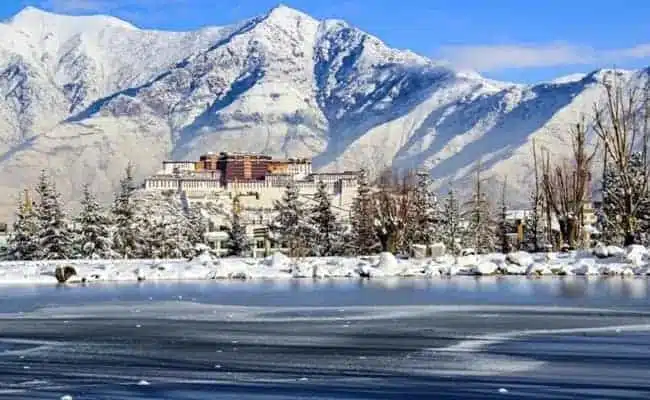
Winter is a good time for budget travelers to Tibet due to the lower price of transportation, accommodation, and admission tickets. Lhasa and its surrounding areas are less touristy in this time, allowing you to get fully immersed in a tranquil environment. If it happens to be snowy, you can enjoy the breathtaking scenery of the Potala Palace shrouded in falling snowflakes. Nyingchi, full of red leaves, is a highlight in winter. Namjagbarwa and Ranwu Lake also show their best in winter, Snow Mountain of Sunrise and Pure Snowy Peak View Reflected in the Lake.
Tibet Weather in Winter
The temperature of Tibet is generally low in Tibet, but the climate of southern and northern Tibet is very different. Lhasa is located in the southern Tibet Basin, with temperatures being about 10 ºC (50 ºF) during the day and -5 ºC (23 ºF) at night. The temperature of the northwest Tibet Ngari region fluctuates between -3 ºC (26.6 ºF) and -15 ºC (5 ºF) in winter.
What to wear in Tibet in Winter
Warm clothes including down-filled coats, padded jackets, anti-skid shoes, scarves and gloves are essential for traveling in Tibet in winter. Remember to bring lip balm, facial cream, and other skincare products for keeping moist. >> Read more about What to Wear in Tibet for Different Seasons & Months









